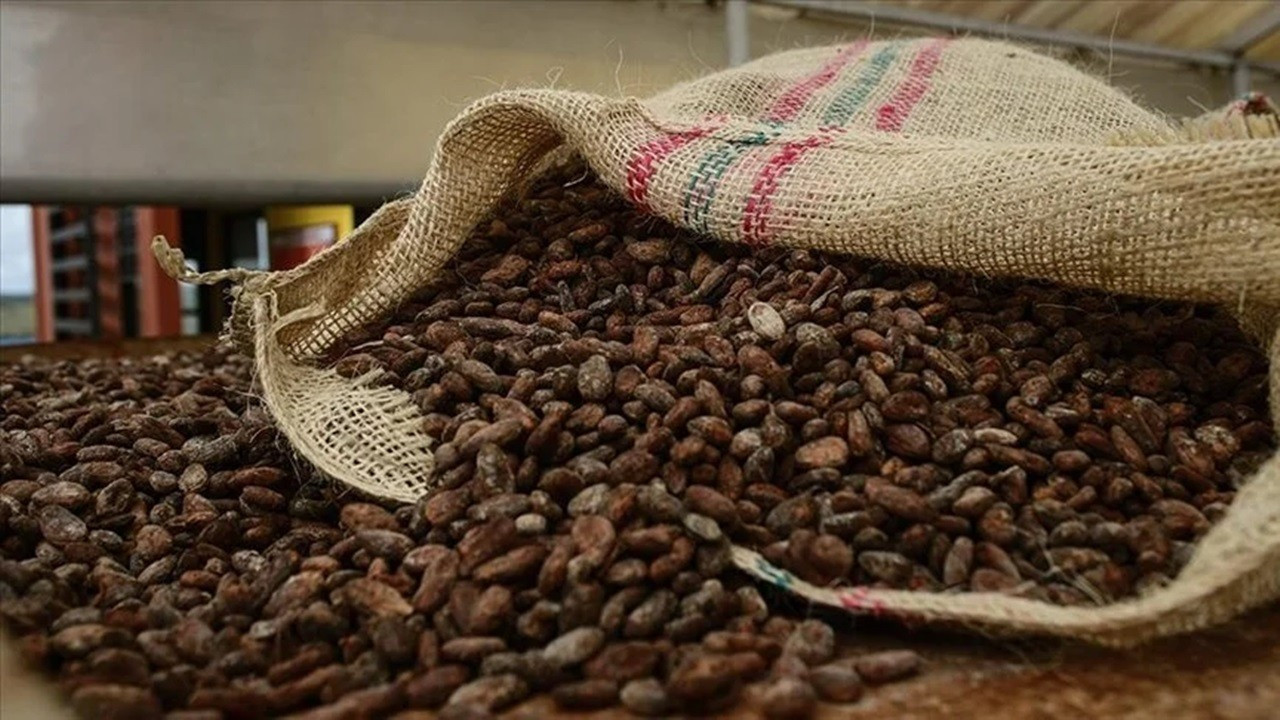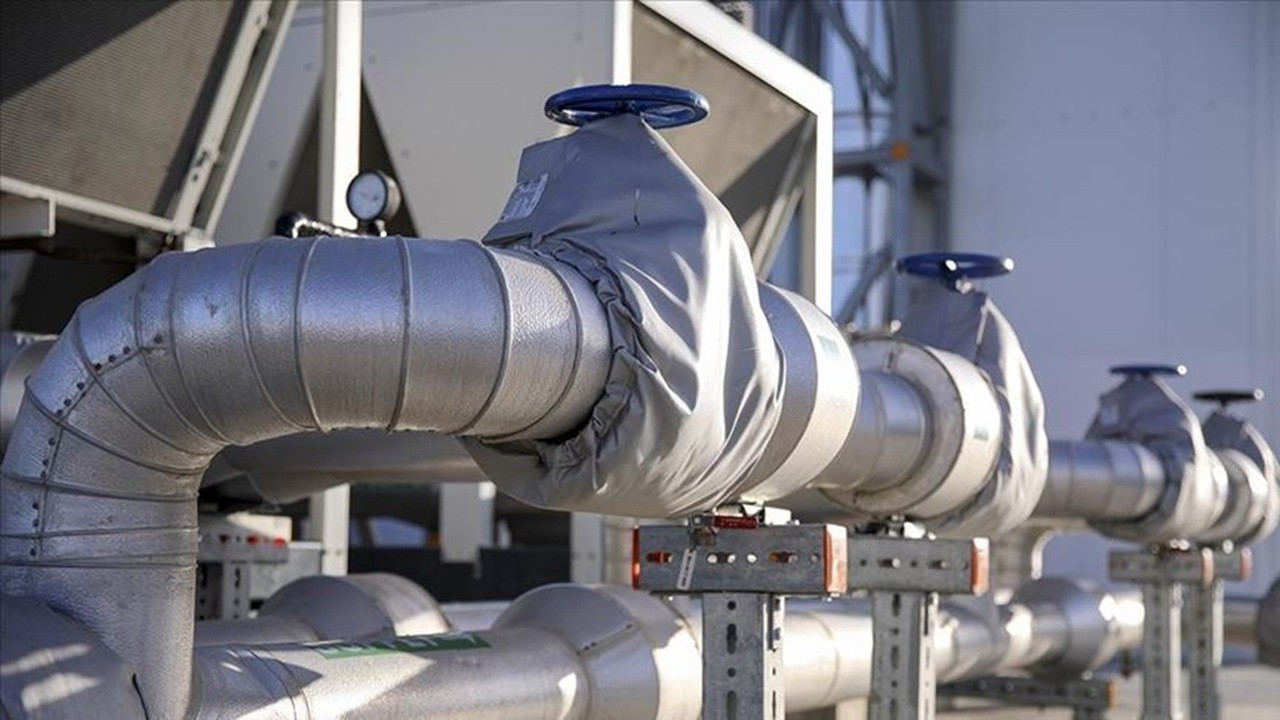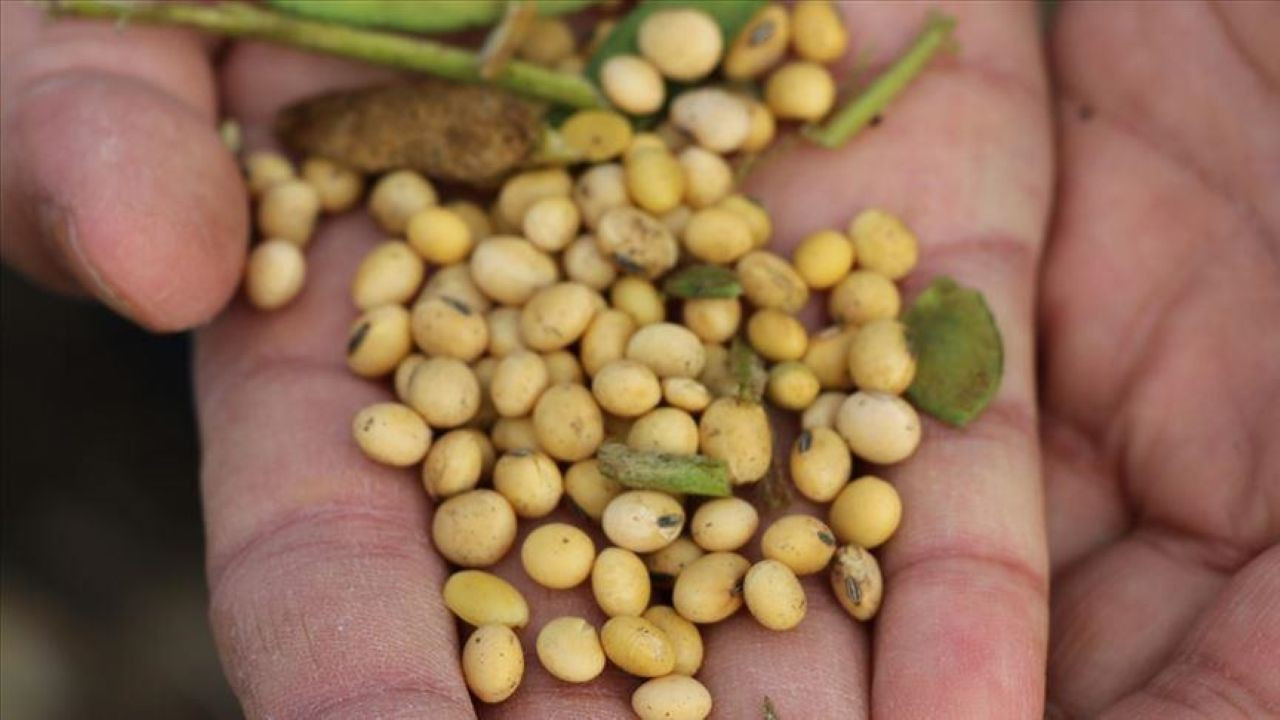
Kakao Prices Decrease as Drought Concerns Ease


Global climate conditions emerge as an important factor affecting agricultural product prices. The recent drought has caused fluctuations in the prices of some commodities such as cocoa. However, evaluations indicate that with the decrease of drought concerns, a significant decline in cocoa prices has been observed within 2023.
According to data from the Intercontinental Exchange, cocoa prices exhibited an erratic trend throughout last year. The price per ton rose to twelve thousand nine hundred thirty-one dollars and then fell to eleven thousand six hundred seventy-five dollars during the year, marking a 55% decrease. This extreme volatility has been fueled by production issues in the sector, along with geopolitical developments.
The effects of the drought period have been seriously felt, particularly on cocoa production in West Africa. Adverse weather conditions have prominently emerged as a factor that directly threatens the yield of crops in this region, leading to a rally that caused prices to rise. However, with the decrease of temporary concerns and the beginning of a quest for balance in the market, a notable decline in prices has occurred.
In West African countries, where a significant portion of cocoa production takes place, investments made to increase production capacity and the return of climate to normal conditions have contributed to the stabilization and decrease of prices. Additionally, the increase in global stocks and the stabilization of demand are also among the factors supporting the downward trend in prices.
All these developments require cocoa buyers and investors to make more cautious and informed decisions. Although uncertainties in the markets continue, this decline can be seen as a balancing process following the extreme price increases of the past. Cocoa producers and industrial stock management should take into account the effects of this situation.
.png)
Yakında Tüm Platformlarda
Sizlere kesintisiz haber ve analizi en hızlı şekilde ulaştırmak için. Yakında tüm platformlarda...








.png)